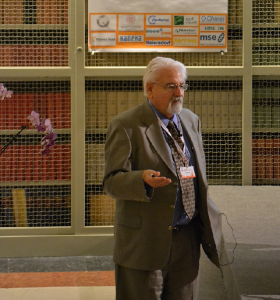
Dr. William V. Judy delivering remarks about Coenzyme Q10 absorption at the International Coenzyme Q10 Association conference in Bologna, Italy, in October, 2015.
Dr. William V. Judy earned his doctorate degree in physiology and bio-physics in 1971. He has worked as an aerospace scientist in NASA’s manned spacecraft center and has taught in the Indiana University School of Medicine as a Professor of Physiology. Dr. Judy has worked in basic and clinical research for 56 years now; the major focus of his research has been on the absorption, efficacy, and safety of Coenzyme Q10. He was an early colleague of Dr. Karl Folkers, with whom he carried out joint research studies for 21 years.
Absorption of Coenzyme Q10 from supplements
Dr. Judy makes the following points about the absorption of Coenzyme Q10:
Coenzyme Q10 difficult to absorb
Coenzyme Q10 is difficult to absorb. The manufactured raw material is in crystalline form, and the crystals are difficult to keep dissociated into single molecules at body temperature. Only single molecules of Coenzyme Q10 can be absorbed. The molecules themselves are relatively large. Furthermore, Coenzyme Q10 is fat-soluble, and the Coenzyme Q10 molecules are dispersed through the aqueous phase in the small intestine to the absorption cells as micelles.
Formulation of the Coenzyme Q10 supplement most important
The formulation of the Coenzyme Q10 supplement is, therefore, the absolutely most important factor influencing absorption. There is great diversity in the absorption of the various Coenzyme Q10 products on the market in the United States. The absorption of different Coenzyme Q10 products ranges from slightly less than 1 percent up to 8 percent of a 100-milligram dose.
There are many questionable and misleading marketing claims for absorption in the Coenzyme Q10 supplement world. For example, sellers of the ubiquinol form of Coenzyme Q10 supplements make marketing claims for superior absorption and bioavailability into the blood plasma based on comparisons with less well absorbed formulations in the ubiquinone form rather than comparisons with the best absorbed formulations of the ubiquinone form.
Two forms of Coenzyme Q10: oxidized and reduced
Ubiquinone is the oxidized form of Coenzyme Q10. It is a very stable and very well researched form of Coenzyme Q10. It plays the essential role in the energy production processes in the cells such that no other known substance in humans can replace its function.
Ubiquinol is the reduced form of Coenzyme Q10. It is a very unstable form. The contents of some ubiquinol supplements may well be converted to ubiquinone in the soft-gel capsules if other antioxidants such as Vitamin E have been included in the product formulation.
Ubiquinol plays the role of an important fat-soluble antioxidant in the body. Antioxidants are, by their very nature, unstable. Given the redox nature of the Coenzyme Q10 molecules, the body can and does convert ubiquinol to ubiquinone and back again and again. The marketing claims for the superior absorption and bioavailability of ubiquinol range from a low of 12 to a high of 800 percent superiority.
The claimed 800 percent greater absorption is questionable science. The claim was not based on a direct head-to-head randomized double-blind study. The ubiquinone study was done 10 years before the ubiquinol study. Nothing was the same in the two studies. No one in the past 10 years has been able to reproduce the the 800% greater bioavailability claim.
Absorption of Coenzyme Q10 in the form of ubiquinone
When the contents of a Coenzyme Q10 supplement in the form of ubiquinol are are exposed to room air or are ingested and then exposed to oxygen in the stomach, the ubiquinol is converted to the ubiquinone form. Coenzyme Q10, whether ingested in the ubiquinone form or the ubiquinol form, is absorbed as ubiquinone. It moves from the absorption cells in the small intestine into the lymph system and then is transported in the lymph to the blood.
In the lymph, the Coenzyme Q10 is converted to the ubiquinol form, and it enters the systemic blood circulation predominantly in the form of ubiquinol. When then, it leaves the blood to enter the cells, it is converted back to the ubiquinone form and plays its vital role in mitochondrial bio-energetics. Again, ubiquinone is the only form of Coenzyme Q10 that is essential for the conversion of digested foods (NADH) to cellular energy (ATP).
It is logical that the Coenzyme Q10 in the lymph and in the blood is predominantly in the form of the antioxidant ubiquinol because the Coenzyme Q10 is not needed especially in the lymph and the blood for bio-energetic purposes. It is needed for antioxidant protection.
It is, presumably, the high concentration of the oxy-reductase enzyme in the lymph and venous systems that catalyzes the conversion of the absorbed ubiquinone to ubiquinol. The oxy-reductase enzyme is controlled by the NQO-1 gene.
Many of the absorption studies done on Coenzyme Q10 have been done on heterogeneous samples with many variations in age and diet and gender and level of fitness. Thus, the between-subject variations in absorption and bioavailability may vary as much as 25 percent.
Daily requirement for Coenzyme Q10
The normal (non-athlete) person in the United States needs approximately 3.5 milligrams of Coenzyme Q10 for the maintenance of good health and good fitness. As the body grows older, it can no longer produce enough Coenzyme Q10, and the deficit of Coenzyme Q10 must be replaced through the diet and through supplements.
Animal protein is the primary source of Coenzyme Q10 in the human diet, and the quantity of Coenzyme Q10 in animal protein is low. The absorption of Coenzyme Q10 from food is also low. Furthermore, much of the Coenzyme Q10 in animal protein is lost in the cooking processes. Consequently, the majority of adults (estimated 88%) in the United States who are into their 30s or older need a daily Coenzyme Q10 supplement.
Effective Coenzyme Q10 levels
Studies have shown that normal healthy adults need enough Coenzyme Q10 in their diets and their supplements combined to raise their plasma Coenzyme Q10 levels to at least 2.5 micrograms per milliliter. Adults diagnosed with chronic heart failure or ischemic heart disease or low energy syndrome as well as adults taking statin medications need plasma Coenzyme Q10 levels closer to 3.5 micrograms per milliliter.
Coenzyme Q10 and heart disease
The severity of chronic heart failure and ischemic heart disease has been shown to be inversely correlated with plasma Coenzyme Q10 levels. In other words, the more severe the heart disease, the lower the plasma Coenzyme Q10. Fortunately, supplementation with Coenzyme Q10 over a two-year interval can improve the New York Heart Association classifications of heart failure patients by much as two classes.
It takes 300 milligrams per day of dietary and supplemental Coenzyme Q10 to push the plasma Coenzyme Q10 level to more than 3.0 micrograms per milliliter. For example, in the Q-Symbio study, 300 milligrams of Coenzyme Q10 per day increased the plasma Coenzyme Q10 level to 3.45 micrograms per milliliter.
Divided doses of Coenzyme Q10
The rate of absorption of Coenzyme Q10 decreases when the one-time dosage is increased. The absorption will be better if a person takes 200 milligrams of Coenzyme Q10 as two times 100 milligrams at different times during the day, with meals, always with meals that contain some fat. Similarly, the person who wants to take 300 milligrams per day should divide the dosage up into three times 100 milligrams per day.
Exercise and Coenzyme Q10
Exercise seems to be a stimulus to the body to bio-synthesize more Coenzyme Q10. We do not know of any hormonal stimuli to increase the body’s own production of Coenzyme Q10. Increased tissue and cellular metabolic demand appears to be the stimulus for the endogenous production of Coenzyme Q10.
Efficacy of Coenzyme Q10 supplementation
Various randomized controlled trials have shown over the years that Coenzyme Q10 supplementation (in the ubiquinone form) is associated with significant improvement in the following outcomes:
- in ejection fraction (heart pumping efficiency)
- in New York Heart Association class (severity of heart failure)
- in heart mortality rates (heart failure and ischemic heart disease patients)
In addition, a big randomized controlled trial, the KiSel-10 study, has shown that supplementation with a combination of Coenzyme Q10 and selenium reduces the risk of heart disease and improves heart function in elderly live-at-home study participants over as many as 10 years.
Safety of Coenzyme Q10 supplementation
Coenzyme Q10 is a remarkably safe supplement. After all, it is a substance that the human body itself produces. In many studies of Coenzyme Q10 supplementation, the rate of reported side effects (themselves minor in nature) is the same as the rate of reported side effects in the placebo group. Heart failure and low energy syndrome patients have taken Coenzyme Q10 for 45 years with no adverse side effects. The safety of this bio-nutrient is unquestionable. In fact, Coenzyme Q10 is given, with no adverse side effects, to two-day-old babies who do not have the energy to suckle.
Summary of Dr. Judy’s remarks
- Coenzyme Q10 is a fairly large, lipid-soluble, and poorly absorbed molecule.
- Plasma Coenzyme Q10 levels vary greatly in the normal adult Caucasian population (range: 0.45 to 1.46 micrograms/milliliter).
- Plasma Coenzyme Q10 in a normal population is low at birth (0.3 micrograms/milliliter), increases to a peak at about 20 years of age(1.45 micrograms/milliliter), and then decreases gradually to a level of 0.60 micrograms/milliliter at the age of 65 unless individuals take a supplement.
- There are low, normal, and high plasma Coenzyme Q10 levels in the normal populations.The low group has characteristically poor health, the normal group has normal health characteristics, and the high group has exceptionally good health. Approximately 88% of individuals belong to the low and normal groups.
- The formulation of the Coenzyme Q10 supplement is the key factor to the absorption and bioavailability of the Coenzyme Q10.
- Coenzyme Q10 must be in the single molecule form (crystal-free form) and have an appropriate lipid carrier molecule in order to be well absorbed.
- Ubiquinone is the oxidized and the stable form of Coenzyme Q10 whereas ubiquinol is the reduced and the unstable form.
- Ingested ubiquinol when exposed to the oxygen and acid in the stomach is oxidized to ubiquinone.
- The absorption of both forms of Coenzyme Q10 takes place in the ubiquinone form. Thus, the 95 percent of ubiquinol that is in the blood plasma is not there because of superior absorption but because of the conversion of absorbed ubiquinone to ubiquinol as it passes through the lymph before entering the blood.
- In the lymph, the absorbed ubiquinone is converted by the oxy-reductase enzyme controlled by the NQO-1 gene.
- About 3.5 micrograms Coenzyme Q10 per milliliter of plasma is the daily requirement for a normal non-athletic adult in the USA.
- Animal protein is the major source of Coenzyme Q10 in the normal diet in the USA. The absorption of Coenzyme Q10 from the diet is reduced by the loss of Coenzyme Q10 in the cooking process.
- In patients with heart failure, ischemic heart disease, low energy syndromes, and Parkinson’s disease, 300 milligrams per day is required as adjuvant treatment.
- Given that the absorption of Coenzyme Q10 decreases as the single dose is increased, it is recommended that the 300-milligram dose be taken in three 100-milligram doses at eight-hour intervals.
- Exercise increases the tissue and cellular demand for energy. The metabolic demand is the only known stimulus to increase the endogenous synthesis of Coenzyme Q10.
- Coenzyme Q10 supplementation of heart failure patients improves symptoms and survival and improves the patients’ quality of life for years.
- The safety of ingested Coenzyme Q10 is unquestionable in doses up to 2000 milligrams daily in adults.
Read our key article on CoQ10 as adjuvant therapy for heart failure
Sources:
Judy, W. V., Stogsdill, W. W., Judy, D. S., & Judy, J. S. (2007). Coenzyme Q10: Facts or Fabrications? Natural Products Insider. Retrieved from http://www.zmc-usa.com/docs/CoQ10_Facts_or_Fabrications.pdf.
Judy, W. V. (2016). Private communications.


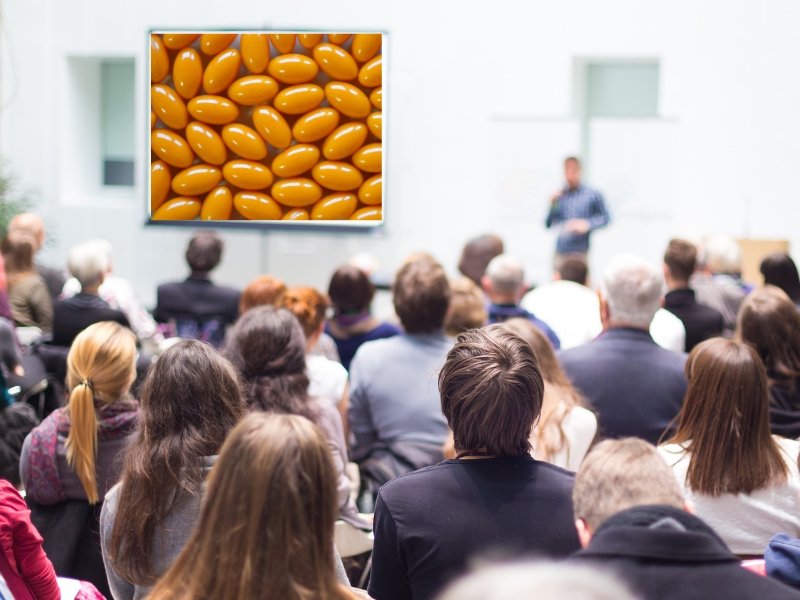
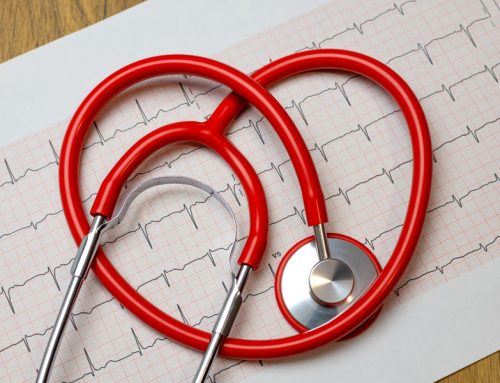
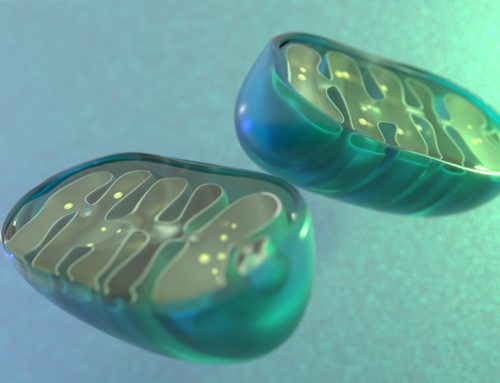
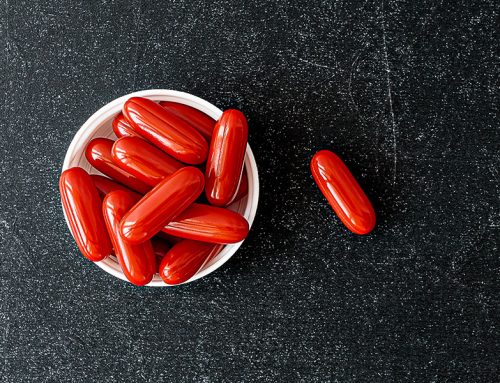



Leave A Comment